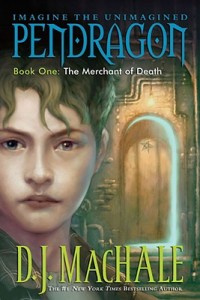Endymion Spring
by Matthew Skelton
Delacorte Press, 2006,392 pages
World view: Moral. The author seems to have the odd idea that children are morally pure.
Style: This is a slow-paced book about a book with plenty of description, some of it with beautiful metaphors. It is really three stories: two about two different boys interacting with a magical dragon-skin book, and the third about the modern boy’s family, which is having relationship problems.
This story is mostly set in the modern world in Oxford, England, where Blake, an American boy, and his sister and mother have come for a time. But it has a counterpart in the 1400s in Mainz, Germany, featuring another boy. This boy’s name is Endymion Spring. Endymion Spring is a mute apprentice to the famous inventor of the printing press, Johann Gutenberg.
Johann Fust is Gutenberg’s investor. In this story he is a major villain; the author suggests that he was the person who became Dr. Faustus in legend, the fellow who sold his soul to the devil. Fust stole a dragon skin, which has transformed itself into pure and magical paper. Words and riddles appear on it. But Fust is unable to read them. He needs to find a child to read it for him. (The dragon skin reveals itself only to someone who is not trying to get it. This is always a boy.)
Fust tries to trick Endymion into reading the dragon skin paper for him. Fust wants the dragon skin because it contains “all the secrets of the universe,” and will make the reader”be like God,” Fust says.
The modern-day villain tries the same thing, tricking Blake into locating the book and putting its several pieces together. Then the villian tries to steal it.
This book is great reading for someone who appreciates a nice metaphor and doesn’t mind wading through a lot of description and slow-moving events that don’t advance the plot quickly, including dinner parties. The cover definitely attracted the librarian in our local library, who commented on it. I left it laying around my house, though, and none of my teenage sons picked it up.–Phyllis Wheeler

